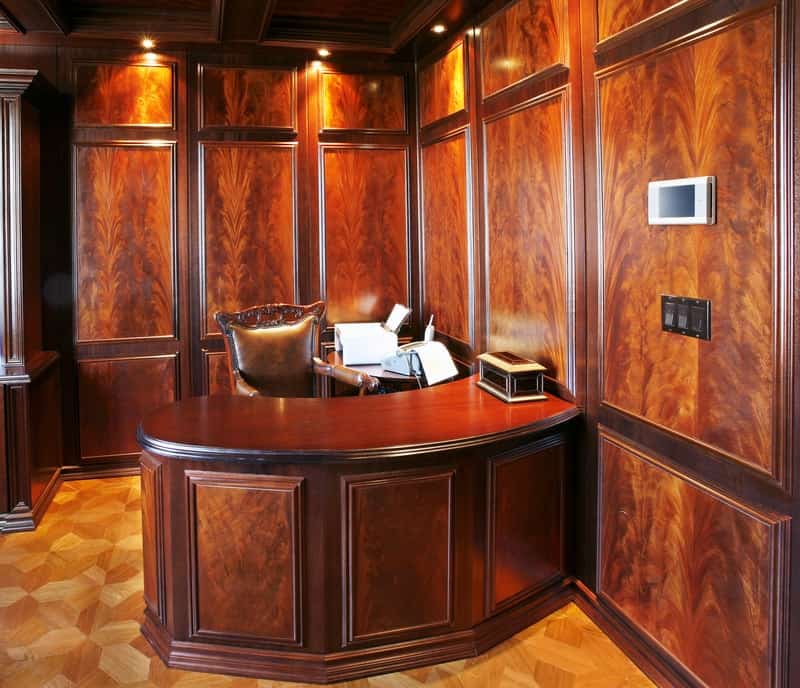
The remodeling value added concept is an economic approach of assessing the marginal cost difference from adding more features to a product or service, upon the perceived market value. The general idea is to determine how the price of a product or service will affect the buyers demand when introduced to the finished product. Will the additional cost be recaptured at the new price by increasing greater buyer demand interest, or will it just decrease the margin spread between market value and cost?
When it is time for the owner to consider investing a six figure dollar amount into a remodeling project for an existing home, one of their major questions will be, do they receive a good return on their investment. One of the most effective methods of assuring this is by assessing; what is the value added of high priced features and will they contribute to the overall market value of the home. We will discuss these factors and affects that need to be evaluated when developing a home remodeling project.
Market Value
The value assessment begins with understanding what market value is. Market value is defined by what the market is willing to pay for a specific home at a given time. Many factors effect market value other then the properties land and improvements. Factors like inventory supply and the immediate demand for your home’s price range are examples of two huge impactful factors. The supply and demand for homes which ultimately dictates market value, can also change quickly without much apparent notice or reason.
Other major factors that can affect the market value of your home are things like location, general condition and architectural style and floor plan. There is typically little anyone can do about their general home location or neighborhood that might affect the market value. Although the owner can change items such as the general condition, floor plan and architectural style through a well developed and value added home remodeling plan.
The benefits of using the value added method with your home remodeling project is to optimize your home’s market value for each dollar you spend in improvements. This is principally achieved by developing home remodeling architectural spaces and features that are in high buyer demand. These home remodeling features should draw a higher than normal amount of perceived value from buyers. The perceived value should be a greater amount then the owner spent to develop the remodeling features or architectural space.
Remodeling Features That Do Not Add Value
The increase in market value can be very subjective and can be difficult to readily identify but there are standards that can be used as guidelines. The first of these guidelines is that the home remodeling products or design features quality standards should stay within the market value range of your home and neighborhood values. That is to say that you should not install a Wood Mode kitchen cabinet system in a $150k – $200k valued home.
In this case the value added is a negative value amount on the home. The cost of the new Wood Mode cabinets does not translate into a greater amount returned in the increased market value. By adding inappropriate remodeling products or design features, the owner increases the home price per square foot which makes it very hard to sell at the required price to retrieve the remodeling investment. Using our example, the owners are not likely to ever recover the investment in their kitchen cabinets from the homes future sales price.
The second guideline for optimizing the home’s value from a remodeling value added approach is to avoid home improvement remodeling that do not translate into greater home values or increased appraisal value of the home. An example of these types of remodeling improvements are swimming pools, fences and decorative concrete driveway replacements. These improvements will likely result in an asking price of a higher price per square foot which reduces the likelihood of recovering your investment.
Remodeling Features That Add Value
Value added remodeling features accomplishes two goals when effectively implemented. The first is that they increase the homes market value more than the recovery cost of the remodeling improvements expense. Examples of these home improvement remodeling factors are appropriately priced investments in kitchen, bathroom remodels and home additions.
The distinctive difference in these home improvement remodeling cost are that if effectively designed and built with cost appropriate products, they will pay for themselves in 2 – 4 years. These improvements also increase perceived value by offering updated homes that are comparable in finishes to newer constructed homes. Buyers typically want homes that reduce maintenance cost and save on energy expenses.
Additional value added types of home replacement products are new roof shingles, air conditioner systems and windows/doors. These home replacement remodeling projects provide buyers with a perceived value added benefit. The benefit to the buyer is that these would have been future expenses in their homeownership if not replaced by the seller. In addition any of the green home improvements will attract interest from buyers because they save on energy cost. Examples of these are energy efficient appliances, refreshing attic insulation and higher efficient air condenser SEER’s.
Evaluating the Remodeling Improvements on the Home’s Market Value
There are several methods to fairly predict and/or evaluate the impact of a value added home improvement remodeling project. The first is to create a detailed market analysis for your immediate neighborhood using comparable properties. This will provide the owner the probable market values for the proposed remodeling projects. Then by developing a financial feasibility for the proposed home improvement remodeling project, the owner can forecast the overall impact on the completed projects total market value.
The second method in evaluating the impact of your remodeling project on the homes market value is getting a formal home cost appraisal. The cost appraisal model can provide you a subjective detailed unit price assessment on various line item improvements. It provides the owner insights to the actual value added from specific products and improvements in line item form. These values can be adjusted for alternative product price changes to understand the incremental impact on the total market value.
Understanding the impact of a proposed remodeling project on your homes future market value is important when fully assessing the results of a project investment. Grasping these assessments provides the owner the confidence to focus on the optimum remodeling results instead of worrying about the project cost.












